Trending
Opinion: How will Project 2025 impact game developers?
The Heritage Foundation's manifesto for the possible next administration could do great harm to many, including large portions of the game development community.
List of books with a psychological basis useful for those wanting to find out more about player behaviours & decision making processes. Appropriate for designers, those in business and more to help refine content and strategy, making them user centric.

(Originally posted on my blog)
How many times have you heard inaccurate phrases such as “rewards give dopamine hits” as a way to explain user psychology and never understood what they meant?
The games industry has not escaped the charm of using insights and knowledge of human behaviour to inform good user experiences, product design and advertising. But when attempting to comprehend the human psyche it can get overwhelming, especially when we are living an increasingly personalised experience of the world. This combined with the fact that psychology and behavioural science are still relatively new disciplines with vast amounts of complex and dense literature, misinterpretation can occur with regards to why users make certain choices, how they interact with your tech and why they keep coming back.
So, here are 9 books to help you get into the mind of the user and uncover core teachings about decision making without needing a background in psychology!
They’re broken down into 3 sections:
The Essentials – The fundamentals of human decision making
The Specialised – Specific areas of cognitive psychology
The Applied – Delve into the applications to technology and development
The Essentials
Thinking fast and slow – Daniel Kahneman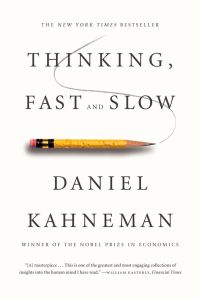
This is the book to read on decision making.
Based on experiments by Kahneman and Tversky that challenged traditional economics, they demonstrate that decision making isn’t about maximising value. Instead there’s a complex interplay between psychology and economics (known as behavioural science), showing that we make irrational decisions.
The focus here is on the “dual process theory” which states that we have two thought processing systems. One that is automatic, impulsive and relies on stereotypes (System 1) and the other is slower, analytical and conscious (System 2). The idea that system 1 is influenced by cognitive biases, of which Kahneman discusses 20, is divulged, providing an explanation of why we think irrationally. Luckily for you, in the final part of the book he advises how to overcome to the shortcomings of System 1.
It really helped me understand why users aren’t always content with going from A to B or why they will respond differently based on how information is presented.
Predictably irrational – Dan Ariely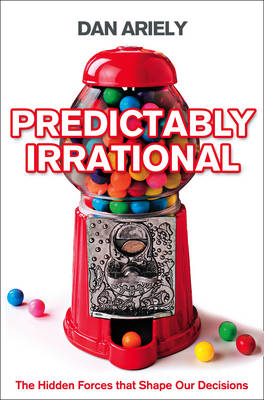
The premise is that people are irrational (seeing a pattern here?) as in ambiguous and uncertain situations we use our biases as our information sources to make sense of it all. Ariely demystifies 15 assumptions of rational thinking covering topics such as: how ‘free’ doesn’t always mean free, how emotion guides choices and why it’s rude to offer to pay your hosts for your meal. My personal favourite is why we look at items relative to each other rather than in isolation (why do you think you’re always shown 3+ loot boxes in a game to choose between but never less?).
It is short, example heavy and easily digestible, giving an insight into irrationality in everyday decisions. If you prefer a read with lots of real life examples or you are a UI and UX nerd, this is a great starting point.
Influence: The psychology of persuasion – Robert Cialdini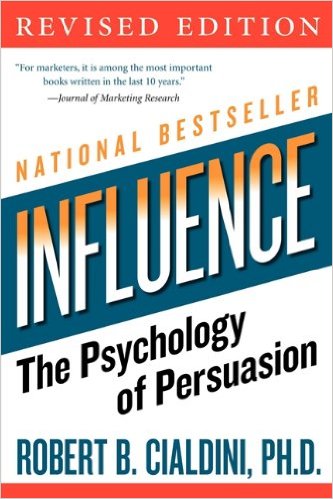
For those interested in persuasion and how you can incite behaviour change, this concise book covers how the social features of the environment guide individual & group choices.
Cialdini believes there are 6 core principles of persuasion know as: reciprocity, scarcity, social proof, liking, authority and commitment. He emphasises the diverse ways these principles have been used in social, historical and business contexts to get people to say ‘yes’ whilst covering ways on how to protect yourself from persuasive techniques.
You can see examples of persuasion tools used to increase app conversions by having users invite Facebook friends to join the app by offering free coins to get started, so the reciprocity and liking principles are in play.
If you’re a creative or marketer, grab a copy!
The Specialised
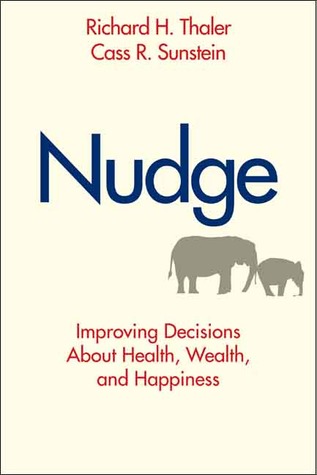 Nudge – Richard Thaler and Cass Sunstein
Nudge – Richard Thaler and Cass Sunstein
This book furthers the ideas of Kahneman and Ariely, emphasising how people can be encouraged or ‘nudged’ to make a certain choice through understanding our irrational choices. Nudging involves altering the design of how options are presented to influence behaviour in a predictable way without people feeling like they do not have freedom of choice.
The focus is on health, wealth and happiness but is worth a read if you are involved in design as nudging is observed in the UX space in instances such as the use of dark patterns.
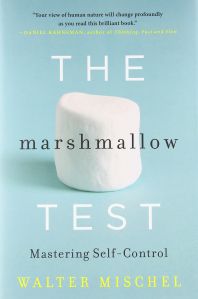
The Marshmallow Test – Walter Mischel
Based on the famous experiment on seeing if children will eat a marshmallow if left alone, this book explores willpower and self-control. The general idea is that those who delay their gratification are more likely to live a successful life, with better emotional coping strategies, social and cognitive functioning and are more likely to pursue their goals. Like the other books mentioned, there is a section covering skills one can develop to maintain better self-control when making major decisions. It is an awesome one if you want to learn more about how users control their impulses and negotiate enjoyment for themselves, but can easily double up as a self-help book!
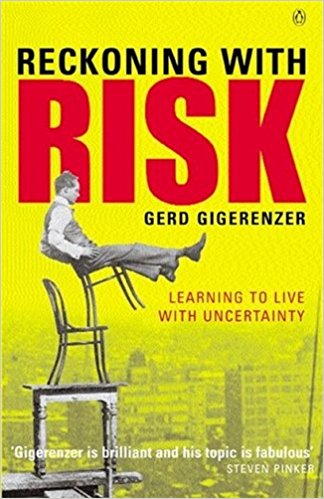
Reckoning with risk - Gerd Gigerenzer
We’re also not great at calculating and interpreting risk. Because statistics are presented in confusing ways, people rely on system 1 error-prone thinking to interpret the information which can have catastrophic consequences. The book is guided by examples such as medical statistics and has useful tips on how to reorganise the visualisation of statistics to make them understandable.
It’s a good text to get you think about how you display information to your users (and your boss for presentations!) in a way that is always clear enough.
Applications to product development
Getting Gamers: The psychology of video games - Jamie Madigan 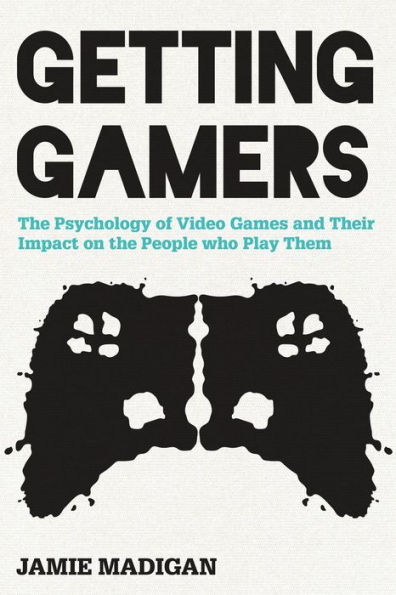
This is essential (biblical even) for anyone working on games - business or development!
It covers how research on psychology, behavioural science and decision making is utilised in game design to shape player behaviours, beliefs and purchasing decisions. Jamie blends provocative scientific research with examples of games that have applied it well and includes some witty anecdotes too! His personable tone explores topics such as how to build good gaming communities, how to get the most enjoyment out of playing as well as the impact games can have on our own psychology. I highly recommend picking up a copy, it has a wealth of information and gives a great basis for you to start your own learning into this area!
I loved this book so much that I bought people copies of it and Jamie also runs the psychology of video games blog which you should check out!
 The Gamer’s Brain: How neuroscience and UX can impact video game design - Celia Hodent
The Gamer’s Brain: How neuroscience and UX can impact video game design - Celia Hodent
So, I have a bias towards this one as Celia’s work was one of the reasons I chose to gain work experience in the games industry and after reading her latest book, you’ll want to as well (if you haven’t already).
She builds upon on her awesome blog which states that UX is about understanding the player: their limits, emotions and how they will engage and interact with games. It is great at teaching you about UX from the ground up, using neuroscience and UX methodologies to show that players are complex rather than passive beings who press buttons to hear that rewarding jingle. The research is presented in an incredibly accessible way, designed for readers of all levels, empowering you to create better experiences for the audience by identifying the ingredients for successful video games. It’s a book you will always return to when trying to figure out more about players.
Hooked: How to build habit forming products - Nir Eyal 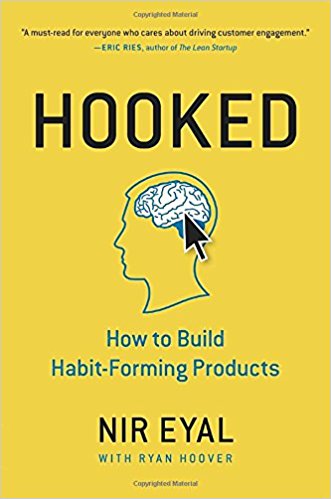
Introducing us to the four-stage ‘hook model’ to build desired customer habits that keeps users coming back to products such as social media platforms. Eyal eloquently presents research, anecdotes and actionable steps to build products for continuous engagement. The ethics behind this approach of enabling addictive behaviours is evaluated, however, regardless of where you stand with the topic, this book provides some useful examples of how products can be designed to increase long term loyalty.
Product managers and marketers this one is for you!
Happy Reading!
Read more about:
BlogsYou May Also Like